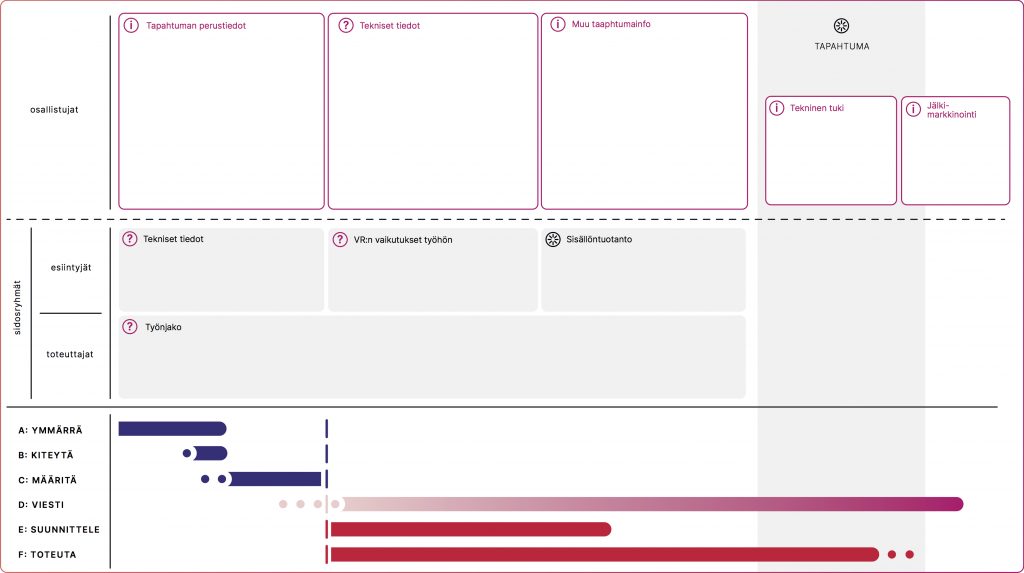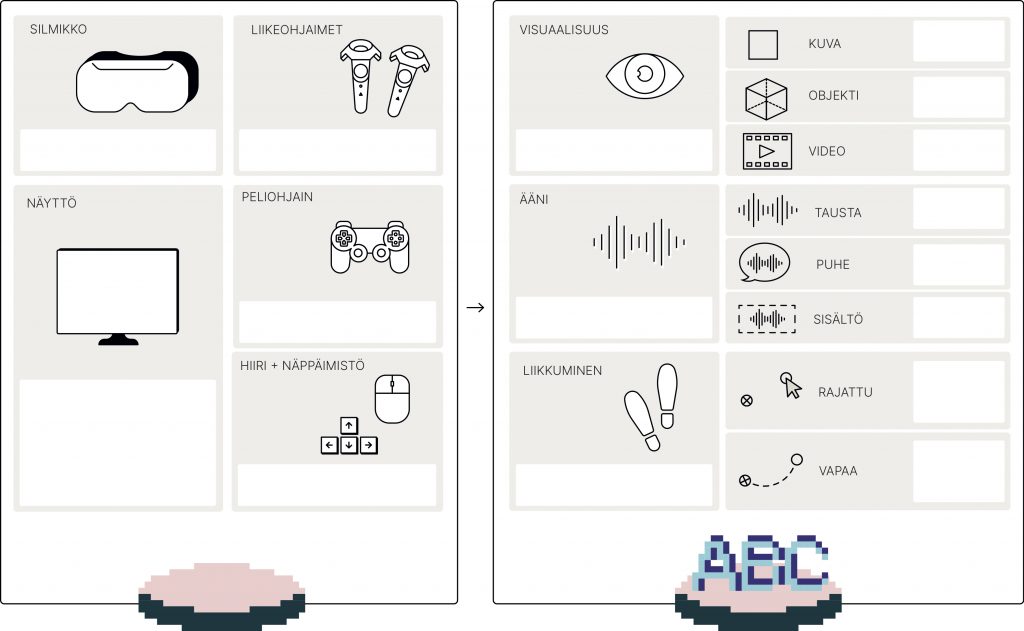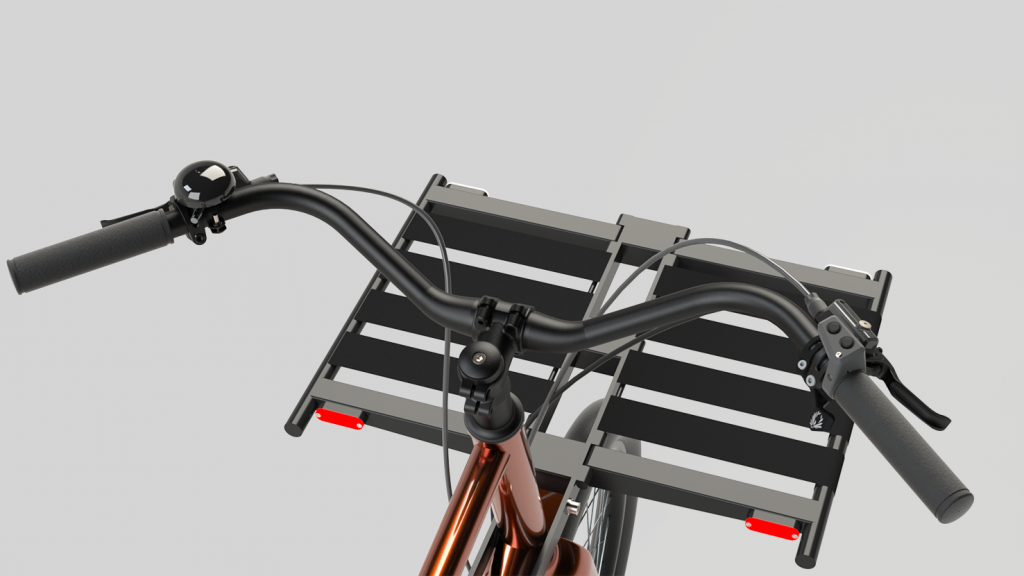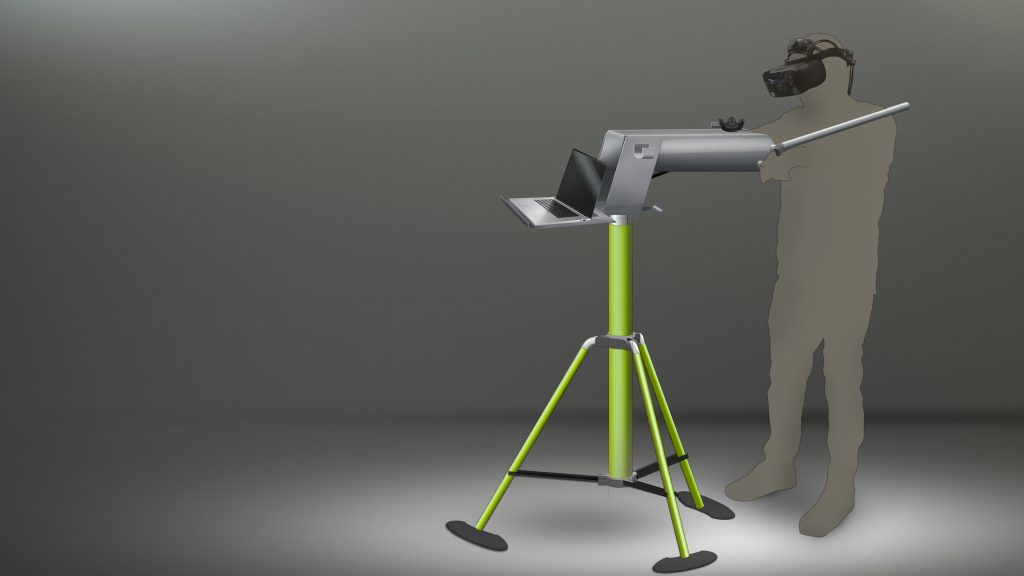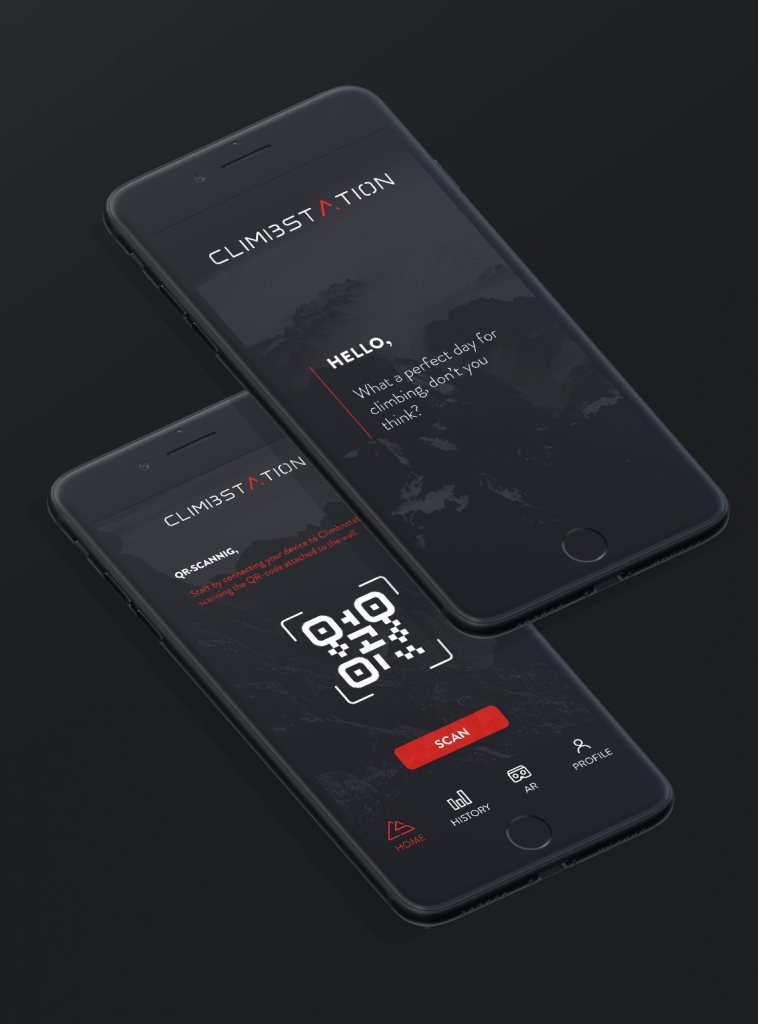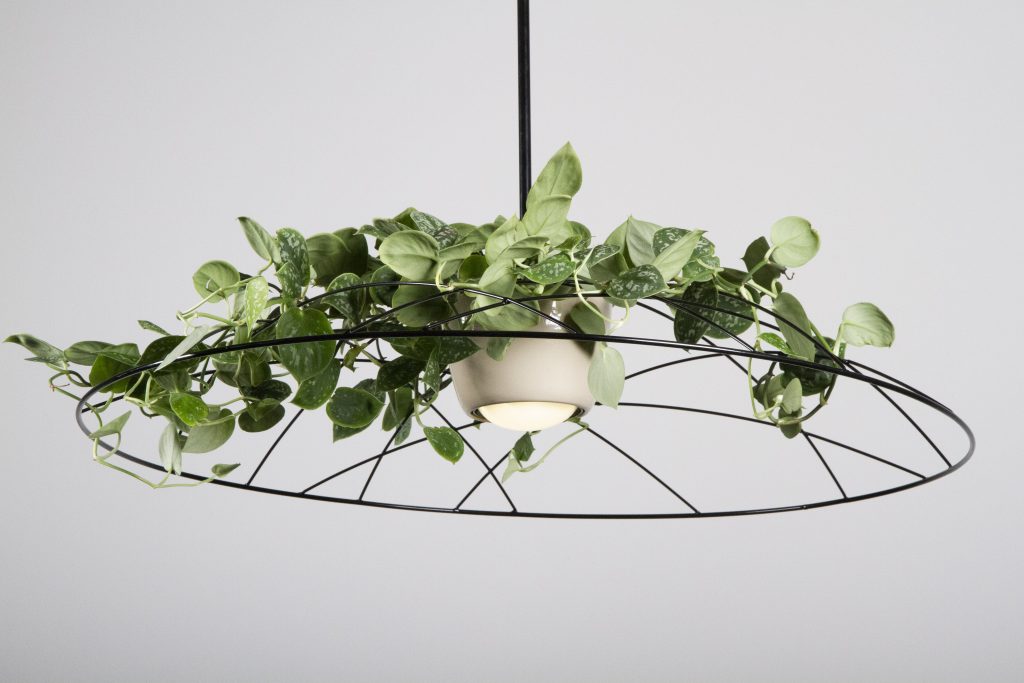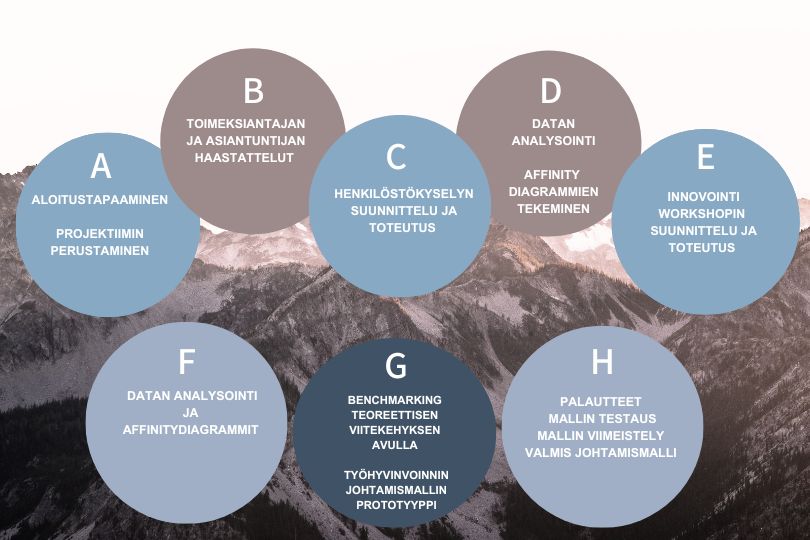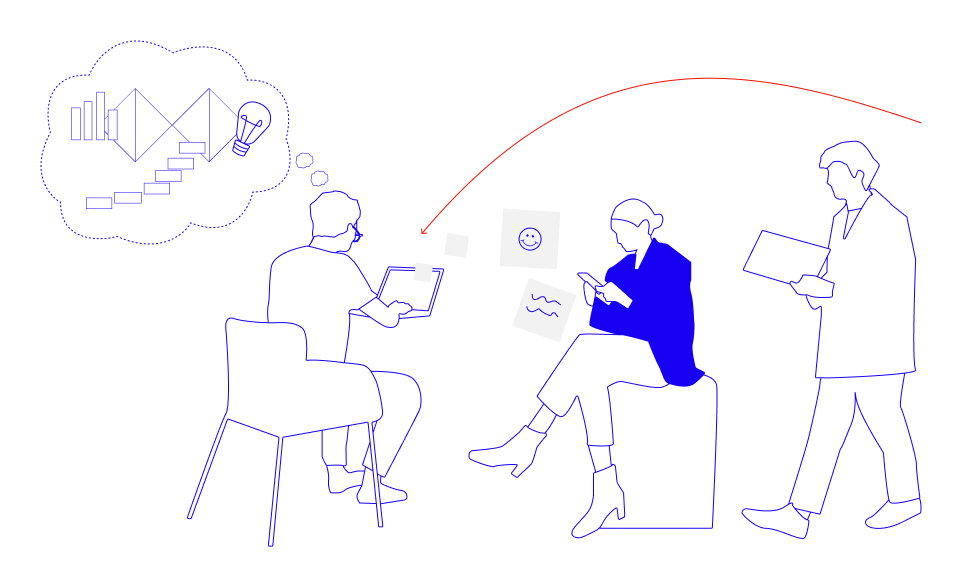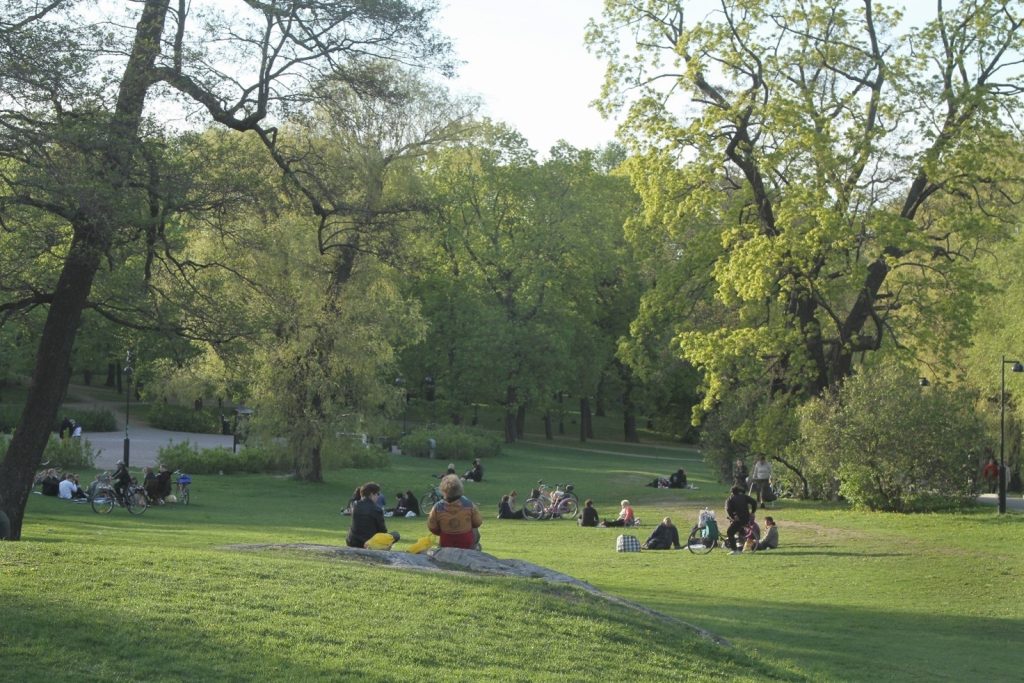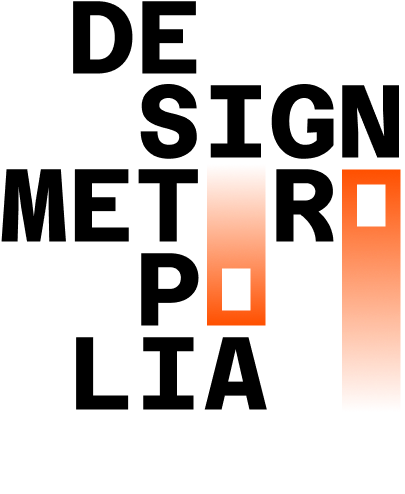
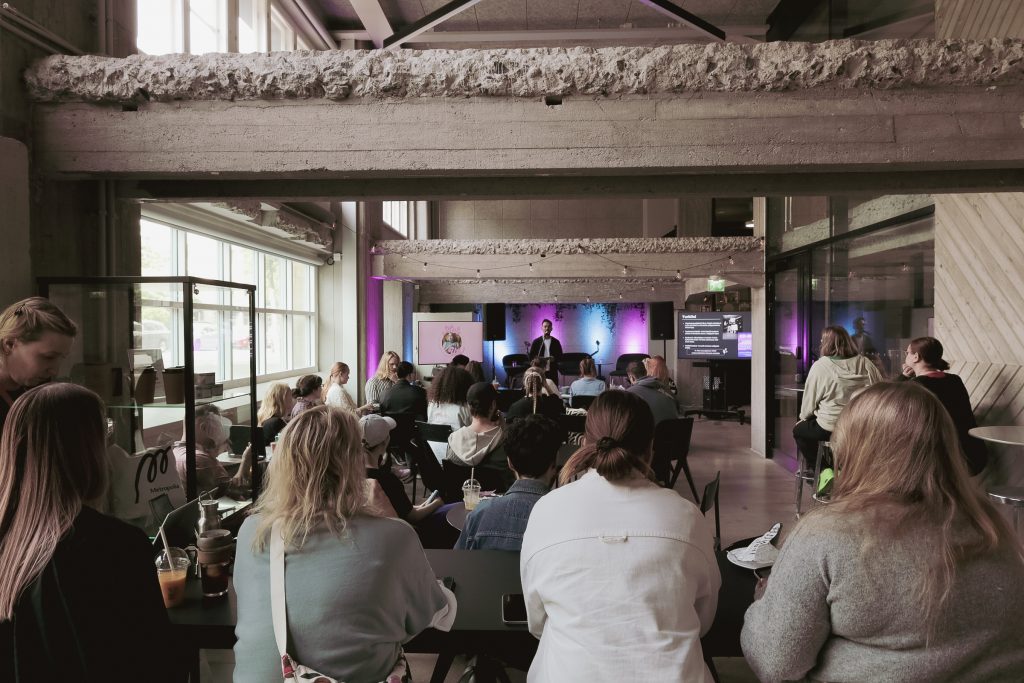
Research
Theses
Explore theses from different majors within the Design degree program.
Bachelor's theses
Master's theses
Projects
Finnish Design Academy
Augmented Urbans
The project Augmented Urbans aims at making often complex urban planning processes and scenarios easier to understand by visualizing them with novel extended reality technologies. The project also aims to improve stakeholder participation and linkage between the long-term visions and short-term actions in the cities for enhancing urban resilience.
The project will result in five integrated urban plans produced in Helsinki, Tallinn, Gävle, Cesis and Viimsi in collaboration with local stakeholders. New augmented, virtual and mixed reality technologies (AR, VR & MR) are explored and utilised as tools to support urban planning processes in guiding discussions, and providing immersive scenarios.
The project is a joint co-operation venture of:
Metropolia University of Applied Sciences, Finland | City of Helsinki, Finland | City of Tallinn, Estonia | Gavlegårdarna, Sweden | Municipality of Cesis, Latvia | Municipality of Viimsi, Estonia | Stockholm Resilience Centre, Sweden | Riga Planning Region, Latvia | University of Gävle, Sweden | University of Tallinn, Estonia
The project is scheduled to run 3/2018 – 2/2021 and is co-funded by EU’s Central Baltic Interreg programme.
Live Baltic Campus
The role of universities is changing: they used to be purely educators, today they move towards being innovators and regional developers. That is why their physical and social locations as hubs of development are increasingly important in urban planning.
The project Live Baltic Campus explored how university campuses can serve as local living labs and guides for new planning and design approaches. The project aimed to build capacity in urban planning and design to harness the potential of changing social, ecological and financial contexts. Six higher education institutes in cities around the Central Baltic area have collaborated to utilise participatory design methods in developing their local campuses, and to share their results.
The insights, perspectives, and practical examples stemming from the 2,5 year joint exploration to find the necessary ingredients and local measurements for sustainable urban campuses have been compiled into publications Dreams and Seeds : The role of campuses in sustainable urban development and Live Baltic Campus Development Ideas Book.
The Live Baltic Campus partnership consisted of Metropolia University of Applied Sciences (Lead Partner), City of Helsinki, Riga Planning Region, Stockholm University, University of Latvia, University of Tartu, University of Turku and Uppsala University. The project was funded by the Central Baltic Programme and the Regional Council of Southwest Finland and was running from 1st of October 2015 to 31st of March 2018.
Publications
DIGI 2024
An e-publication that opens on your screen or a stream of words produced by a speech synthesizer continues the annual Digi microbook series. Digi 2024 offers a mosaic-like overview of the year’s most interesting events in the fields of learning technology, mobile services and information security, among others.
The microbook consists of articles written by experts representing different units and professions at universities of applied sciences. The authors utilize the insight and knowledge gained from their long professional careers, which is supplemented with domestic and international source literature.
Merja Kosonen, the head of the design degree program, in her article; Experiences in Utilizing Artificial Intelligence in the Design Degree Program; explores how students utilize artificial intelligence tools in the design process.
Handicraft training paths and the living legacy of skill learning – Survey of handicraft learning opportunities in Finland 2022
The Crafts Education Pathways Study commissioned by the Finnish Federation of Crafts describes the opportunities for learning crafts in Finland. There are many places, environments and organisations for learning crafts in Finland. If you wish, you can study crafts systematically and practice them throughout your life. In the Finnish education system, crafts have been part of general education schools since 1866.
The text part of the study was written by Anna-Mari Raunio. Raunio is a crafts teacher (KM) and cultural producer (AMK), who has worked as a crafts teacher, researcher and cultural producer in several projects of the living heritage of crafts.
The publication’s educational path description was written by Tuiti Paju, lecturer in textile design at Metropolia. Paju has a Master of Arts in Textile Arts (TaM). During her 20-year teaching career, she has been able to closely follow the development of the professional identity of creative and talented students into professionals. She also presents her own educational path as one of four example profiles.
FDA publication
The Finnish Design Academy (FDA) – Developing higher education in the design sector for the competence needs of future working life project was one of the Ministry of Education and Culture’s key projects for the development of higher education in 2018–2020. The FDA project, which focuses on the development of Finnish design education, created a cooperation network of design schools and a forum for design actors and the business community to meet.
The project was coordinated by LAB University of Applied Sciences and the sub-implementers were Aalto University, Häme University of Applied Sciences, South-Eastern Finland University of Applied Sciences, University of Lapland, Laurea University of Applied Sciences, Metropolia University of Applied Sciences, Savonia University of Applied Sciences, and Turku University of Applied Sciences. The design expert organization Ornamo ry also participated in the project.
DIGI 2020
DIGI 2020: New Tools and Methods for the Internet provides a mosaic-like overview of the year’s most interesting events in the fields of learning technology, online publishing, mobile services and augmented reality, among others. The microbook is based on articles by experts representing various units and professions at Metropolia University of Applied Sciences. They utilize the insight and knowledge gained from their professional careers, which has been supplemented with Finnish and international source literature.
The microbook explores how recent augmented reality technologies and new, faster mobile connections could enrich remote working and events that have been moved online due to the pandemic.
As part of the Finnish Design Academy project, Metropolia’s design degree programme has explored opportunities and taken over new digital learning environments in 2018–2020. The article “Piloting a VR-based digital learning environment” written by Merja Kosonen, the head of the degree program in design, describes, among other things, how digital tools have been utilized in teaching and how teaching spaces have been equipped to better support digital teaching methods. In the future, design software will be supported by augmented and augmented reality software and tools, and virtual space will be an integral part of teaching.
Profile map of higher education in design
The aim of the profile map of higher education in the design sector is to describe the current state and enable structural development based on it: profiling, clarifying the division of labor and increasing collaboration and production. At the same time, the aim is to strengthen the internal discussion and common front of design education and challenge each higher education institution to see its goals as part of broader strategic goals and to better address regional needs in its development.
The public profile map brings the profile of higher education providers in design to the attention of stakeholders and actors using the information. It helps to highlight the unique educational content and models offered by the sector and different higher education institutions. This will hopefully further increase the attractiveness of the already attractive sector.
The Finnish Design Academy project, together with Ornamo, began the preparation of the profile map in 2018–2019. After this, a higher education institution survey and interview tour were carried out to produce the material. The profile map work has also used workshops, company surveys and interviews produced by the Finnish Design Academy as material for future competence needs.
The design industry in transition - Perspectives on design expertise and design education
The articles in the publication examine design and design education from many different perspectives. The articles discuss the ever-changing field of design and the expansion of its use into new areas, as well as the public debate around the theme. From a teaching perspective, the key issue is examining the need for designers’ skills now and in the future. In addition, the articles discuss practical measures and models that enable the growth of skills towards one’s own design professionalism.
The constantly developing skills also require the development of the teaching environment, design tools and methods. Different types of work and collaboration in virtual reality are constantly developing, and they are becoming part of the designer’s everyday life and skills. In his article “Piloting VR remote presence in Metropolia’s design education”, Metropolia’s lecturer Markku Luotonen talks about Metropolia’s development work around the topic. He also emphasizes that learning environments must be developed in design education where new working methods and VR, AR and MR technologies can be explored and applied.
This collection of articles has been produced as part of the Finnish Design Academy project, funded by the Ministry of Education and Culture. The authors of the publication are design experts from the participating universities.
Muotoilun avaimet: Handbook for design work
“Muotoilun avaimet älykkääseen teollisuuteen ja liiketoimintaan” is a handbook on the utilization of design in new intelligent industrial processes and service business, edited by Satu Miettinen and published by Teknologiainfo Teknova. It leads the reader to design processes and tools that can be utilized in the development of business and public organizations.
The book consists of four parts: Ihminen ja muotoilu (Human and design) including Tulevaisuuden teollinen muotoilu tuote- ja palvelukehityksen ytimessä: Piia Rytilahti and Merja Kosonen, Teollisten koneiden ja laitoksien muotoilu (Design of Industrial Machines and Plants), Älykkyyden muotoilu (Design of Intelligence) and Liiketoiminnan muotoilu (Design of Business). The book offers new perspectives and tools for developers, designers, and experts and managers in various development and innovation roles in the field of design.
What's happening in the virtual world: A guide to VR event production
The publication was produced as part of the Finnish Design Academy flagship project funded by the Ministry of Education and Culture, which aimed to develop design education to better meet the changing skills needs of working life. The project was implemented in 2018–2020.
The publication was written by Anna Muukkonen from Metropolia and Emmi Putkonen from LAB.
